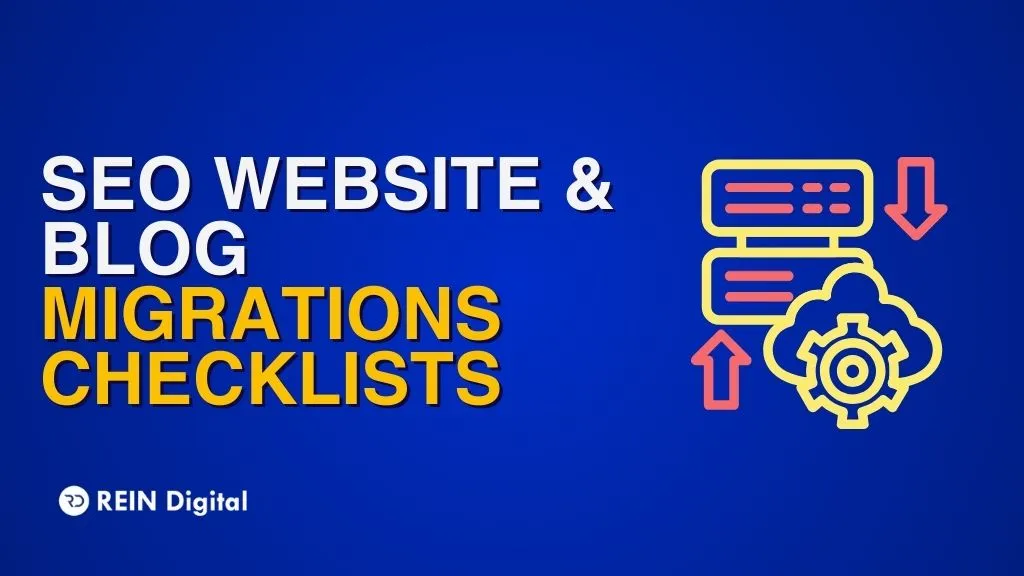
In the modern digital era, having a strong online presence is crucial for the success of any business, and search engine optimization (SEO) plays a key role in achieving this. However, SEO is not a one-time effort and requires continuous monitoring and adjustment to stay ahead of the competition. This is where SEO forecasting comes into play.
With SEO forecasting, businesses can optimize their websites to improve their search engine visibility, drive more traffic, and stay ahead of the competition. In this discussion, we'll explore what forecasting SEO is, its different types, and how they help businesses stay ahead of the curve in the ever-evolving world of SEO.
What is SEO Forecasting?
SEO forecasting is the process of predicting future trends in search engine optimization (SEO) and search engine rankings. It involves analyzing data and trends to forecast how competition may evolve, and how users may behave when searching for information online. It involves using analytical tools and techniques to analyze data and identify patterns and trends in the way search engines rank websites.
Why is SEO Forecasting Important?
SEO forecasting is important for several reasons. Here are a few-
Better Resource Allocation
SEO forecasting helps businesses to allocate their resources effectively. By predicting the potential return on investment (ROI) for different SEO strategies and tactics, businesses can prioritize their efforts and focus their resources on the strategies that are most likely to deliver results. This enables businesses to optimize their budgets and achieve the greatest possible ROI.
Competitive Advantage
Forecasting SEO traffic helps businesses stay ahead of their competitors. Businesses can develop strategies that give them a competitive advantage by analyzing the competitive landscape and predicting the future actions of their competitors. This can include targeting keywords that their competitors have overlooked, developing content that is more valuable and relevant than their competitors, and optimizing their website for a better user experience.
Improved ROI
SEO forecasting makes it easy for businesses to achieve a better ROI from their SEO efforts by identifying the most profitable keywords and strategies. This can include targeting long-tail keywords that are less competitive but have higher conversion rates, optimizing content for featured snippets, and developing content that targets high-intent keywords.
Better Decision Making
SEO forecasting provides businesses with valuable insights into their SEO performance and the factors that influence their rankings. Using this information to make data-driven decisions, businesses can improve their SEO strategies, optimize their content, and provide a better user experience for their customers. This can include identifying areas of their website that need improvement, optimizing their website for mobile devices, and improving the speed and performance of their website.
Integration with Other Marketing Channels
By using SEO forecasting, businesses can integrate their SEO efforts with their overall marketing strategy. This helps to align SEO with other marketing channels, which leads to a comprehensive strategy that maximizes their online visibility and generates a higher return on investment (ROI). For example, integrating SEO with social media, paid search, and email marketing can help businesses to reach a wider audience, increase their website traffic and ultimately, generate more revenue.
Types of SEO Forecasting
There are several types of SEO forecasting that businesses can use to predict their SEO performance and identify opportunities for growth. Here are some of the most common types:
Keyword Forecasting
Keyword forecasting involves predicting the potential traffic and ranking opportunities for different keywords. By analyzing search volume, competition, and other factors, businesses can identify keywords that are most likely to drive traffic and conversions. This can help businesses to prioritize their SEO efforts and focus on the keywords that will deliver the greatest ROI.
How to do Keyword Forecasting in Simple Steps:
Keyword Research: The first step in keyword forecasting is to identify the keywords that are most relevant to your business. This can include using keyword research tools to identify high-traffic, low-competition keywords that are relevant to your business.
Analyzing Search Volume: Once you have identified your target keywords, the next step is to analyze search volume. This can include using SEO forecasting tools like Google Keyword Planner to estimate the monthly search volume for each keyword.
Analyzing Competition: In addition to search volume, it's important to analyze the competition for each keyword. This can include looking at the number of search results for each keyword, analyzing the quality of the top-ranking pages, and evaluating the backlink profiles of your competitors.
Predicting Traffic and Conversions: Using the data gathered from keyword research, search volume analysis, and competition analysis, businesses can predict the potential traffic and conversions for each keyword. This can include estimating the click-through rate (CTR) for each keyword and predicting the conversion rate based on historical data.
Prioritizing Keywords: Once you have predicted the potential ROI for each keyword, the next step is to prioritize your efforts. This can include focusing on high-traffic, low-competition keywords that are most likely to deliver a high ROI.
Competitive Forecasting
Competitive forecasting is the process of analyzing the competition and predicting their future actions. By closely monitoring the competition's SEO strategies, businesses can identify potential threats and opportunities in the market. This allows businesses to adjust their own SEO strategies accordingly, giving them a competitive advantage in the market.
How to do Competitive Forecasting in Simple Steps:
Identifying Competitors: The first step in competitive forecasting is to identify your competitors. This can include analyzing the top-ranking pages for your target keywords and identifying the businesses that are competing for those keywords.
Analyzing SEO Strategies: After identifying your competitors, the next step is to analyze their SEO strategies. This can include analyzing their backlink profiles, content strategies, social media presence, and other factors that can affect their rankings.
Predicting Future Actions: Based on your analysis of your competitor's SEO strategies, you can predict their future actions. This can include predicting the keywords they are likely to target, the content formats they will use, and the backlink sources they will pursue.
Identifying Threats and Opportunities: By predicting your competitors' future actions, you can identify potential threats and opportunities in the market. This can include identifying new keywords to target, developing new content formats, and pursuing new backlink sources.
Adjusting Your SEO Strategy: Based on your analysis of your competitor's SEO strategies and your predictions of their future actions, you can adjust your own SEO strategy to gain a competitive advantage. This can include optimizing your content for new keywords, developing new content formats, and pursuing new backlink sources.
Technical Forecasting
In SEO, technical forecasting involves predicting the potential impact of technical SEO factors on a website's performance. This process requires an analysis of the website's structure, site speed, mobile optimization, and other technical factors that can affect rankings and user experience. By optimizing these technical aspects, businesses can improve their SEO performance and offer a better experience to their users.
How to do Technical Forecasting in Simple Steps:
Technical SEO Audit: The first step in technical forecasting is to conduct a comprehensive technical SEO audit of the website. This can include analyzing the website's site speed, mobile responsiveness, URL structure, sitemap, robots.txt file, and other technical factors that affect the user experience and search engine visibility.
Identifying Technical Issues: Based on the technical SEO audit, the next step is to identify any technical issues that are affecting the website's search engine visibility. This can include issues with site speed, broken links, duplicate content, and other technical issues.
Analyzing Impact on Rankings: The third step is to predict the impact of these issues on the website's search engine rankings. This can include predicting the potential decrease in rankings and SEO forecasting due to technical issues.
Prioritizing Technical Fixes: Based on the analysis of the impact of technical issues on rankings, the next step is to prioritize the technical fixes that are most likely to have the greatest impact on search engine visibility. This can include optimizing site speed, fixing broken links, and resolving duplicate content issues.
Monitoring Technical Performance: Finally, businesses should monitor the technical performance of their websites on an ongoing basis to identify any new technical issues that arise and make adjustments as needed.
Final Thoughts
Forecasting SEO is an essential part of any successful SEO strategy. By predicting future trends and optimizing websites accordingly, businesses can stay ahead of the curve and drive more traffic to their sites. Whether it's keyword forecasting, competitive forecasting, or technical forecasting, each type of SEO forecasting plays a critical role in improving search engine visibility.














